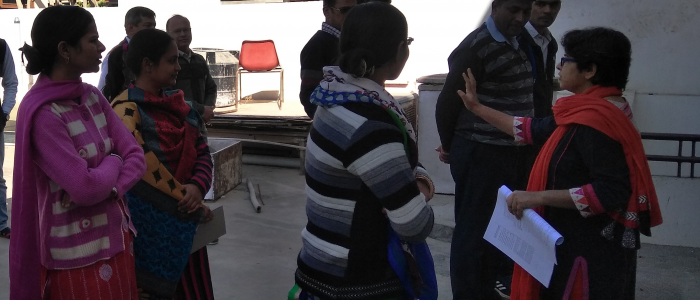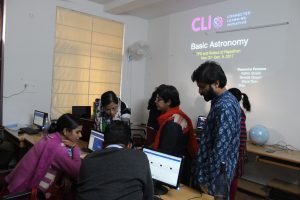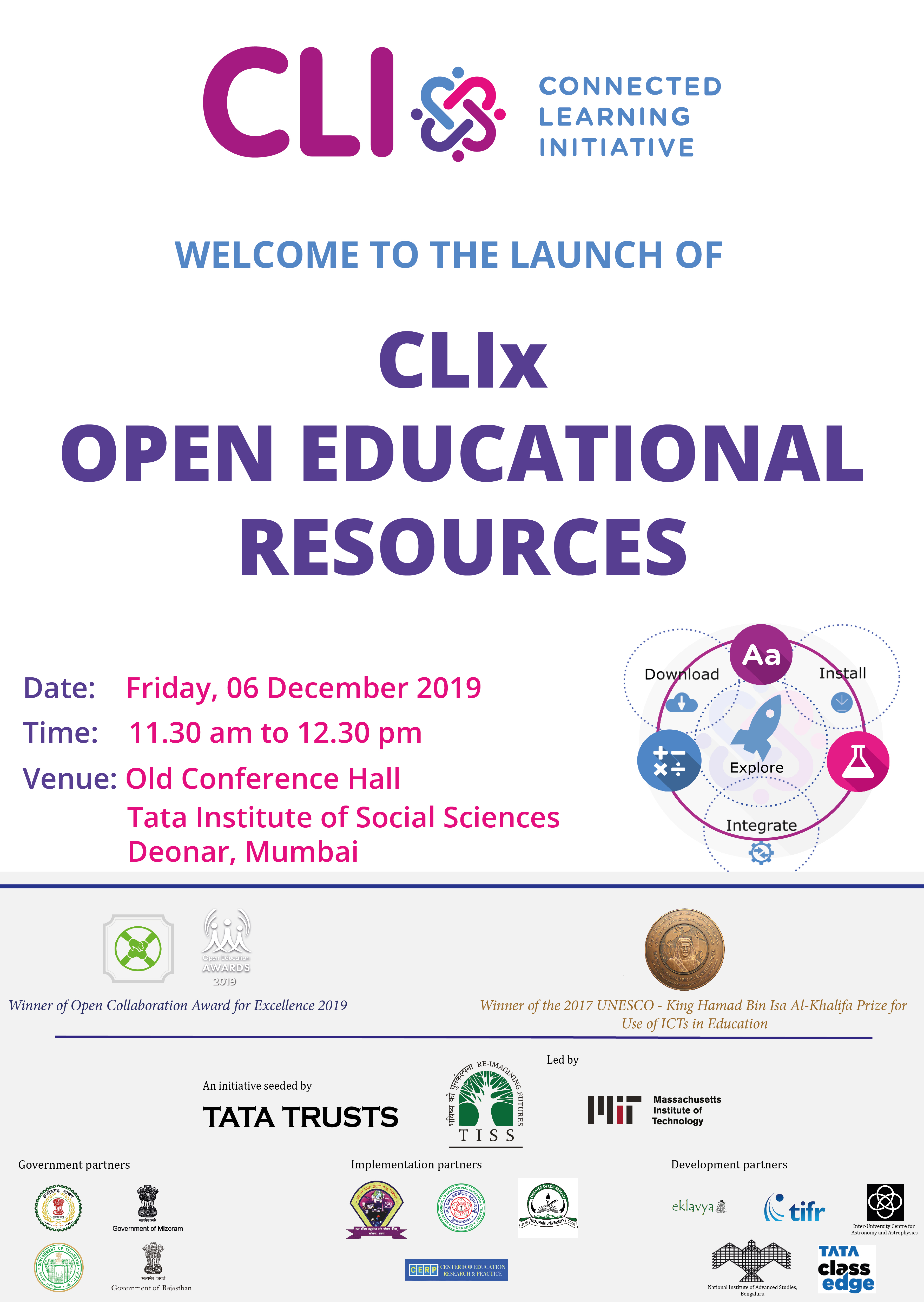Become a Celestial Body to Learn Astronomy! (27.11.17 – 01.12.17)
What are the ways to learn science? We read and write, of course! Sometimes we come across interesting phenomena such as a bush of touch-me-not or a shooting star. As we reach higher grades, we do experiments and calculations and draw diagrams and graphs. But have you thought of using role-play activities in science classrooms?
It was a pleasant winter morning and the teachers had gathered in a shaded part of the terrace of the Centre for Educational Research and Practice office to participate in ‘celestial role-play’! This was during the face-to-face workshop conducted on 27 November 2017, with nine teachers (five male and four female) and the Jaipur field team attending. The teachers would engage in digital activities in the afternoon session. Starting the morning session, they were wondering why we needed role-play for simple ideas such as the motions of the earth and the moon.
We started with the rotation of the earth. All the teachers stood in pairs; one acted as the sun and the other as the earth. Confusion arose when some teachers rotated to their left and others to their right. (When we act out a concept, we start paying attention to details and realise what we did not know!). We helped teachers to decide the direction of rotation and as the earth rotated, we calculated the time at different locations on earth. This was easy!
Next, we asked teachers to mimic the motion of the moon around the earth: one in each pair of teachers acting as the earth and the other as the moon. This time, teachers did not know the direction of rotation and revolution of the moon and asked whether it was the same as the earth. But enacting the motion was not as simple as the teachers had thought. Some teachers did only the revolution because they thought the moon did not rotate. Some mimicked the correct motion because they knew that the same half of the moon always faces the earth but felt it was incorrect because they thought they did not rotate. Some teachers completed several rotations during one revolution. Then we asked them to do only rotation first, and then only revolution and finally rotation and revolution together broken into four quarters. All the teachers helped each other and finally enacted the correct motion. This convinced teachers that role-plays are useful activities to learn astronomy.
We continued with several other role-plays to explain the phases of the moon and why we do not see a solar eclipse on each new moon or a lunar eclipse on every full moon.
Although all the teachers appreciated the value of role-play, some thought that it is sufficient to demonstrate the role-play with a couple of students. During the workshop, some enthusiastically continued to play the roles of the celestial bodies and enact their motions while others only watched them. But we recommend that every student should engage in role-play, make his or her own mistakes and correct those mistakes to internalise the motions of the celestial bodies. Another major advantage of role-play is that the student who plays the earth can witness astronomical phenomena such as eclipses that are to be explained. Even more interesting is the fact that the student playing the moon or any other planet can imagine how the earth will appear from space, which provides a different perspective (and also conveys the insignificance and smallness of mundane matters).
Please visit https://staging-clix.tiss.edu to access the Basic Astronomy module, which has descriptions of role-play and other classroom activities as well as digital activities.
Shamin Padalkar, Assistant Professor, Science & TPD team, CLIx
Rafikh Shaikh, Research Associate, Science team, CLIx






